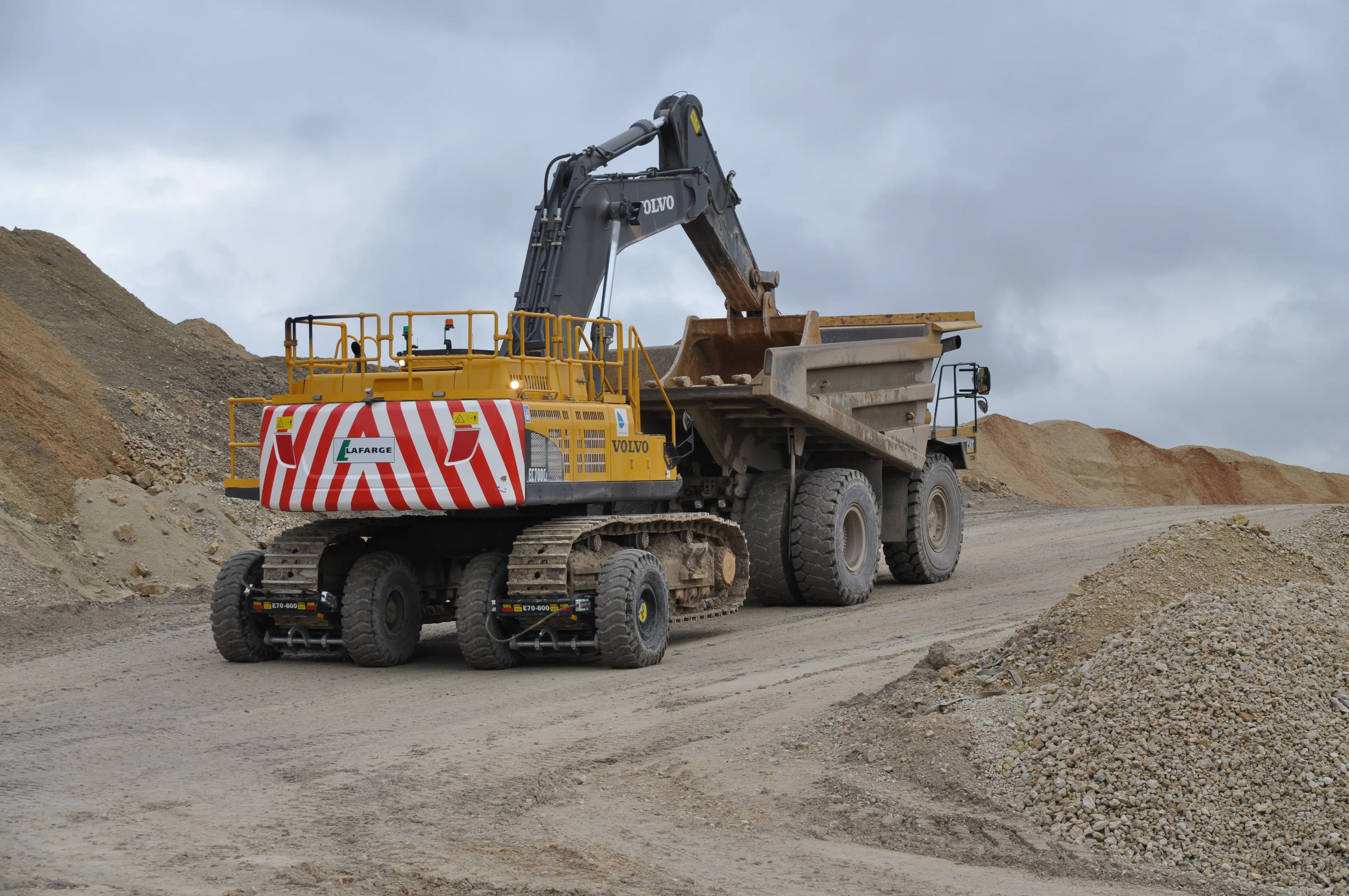Sleipner will explain the principle behind its “revolutionary method to improve the overall productivity in open-pit mines, quarries and construction sites.” The improvement is based on moving excavators around the site much faster than before, and additionally the Sleipner method saves time and money and considerably increases the excavators’ life, says the company.
February 13, 2013
Read time: 2 mins

The improvement is based on moving excavators around the site much faster than before, and additionally the Sleipner method saves time and money and considerably increases the excavators’ life, says the company.
With Sleipner, it is possible to move machines up to the weight of 550tonnes.
Sleipner says its system is essentially a dolly system, consisting of large wheels, and ramps with axles. One end of the excavator tracks is driven on the ramps so that the tracks are lifted off the ground. Then the excavator turns around, places the boom on the bed of a dump truck and lifts the other end of tracks by the hydraulic force of the boom. As the whole excavator is now above the ground, it is easily transported by the truck to the desired location on site.
“The whole transporting process is carried out in a fraction of time compared to walking the same distance on tracks,” says Sleipner.
“The Sleipner method will reduce the transportation time up to 80%, which increases the efficiency and productivity of the excavator. The system considerably reduces the wear factor to the whole machine but in particular, to tracks and undercarriage. With Sleipner, the lifetime of the undercarriage is doubled or even tripled.” It is also said to make maintenance and service easier, faster and more cost-efficient, because the machine can be moved to the workshop instead of organising the service under the open sky.”
The system can be modified to fit all excavator brands and models from 20-550tonnes.
Stand: B3.112
%$Linker:
%$Linker:






